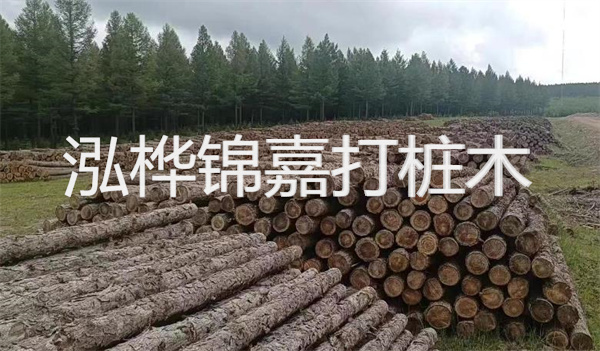軟土處理方法,讓地基穩如磐石
Soft soil, as a common type of soil with low bearing capacity and high compressibility, often poses significant challenges to construction projects. In order to ensure the stability and safety of structures built on soft soil, various soft soil treatment methods have been developed. This article will introduce several commonly used soft soil treatment methods.

1. Preloading method
Preloading method is often used to improve the bearing capacity and reduce settlement of soft soil. It involves placing a layer of fill material, such as sand or gravel, on the soft soil and then applying a load for a certain period of time. This process helps to consolidate the soil and increase its density, thereby improving its strength and reducing settlement.
2. Vertical drains method

Vertical drains method, also known as sand drains or wick drains method, is used to accelerate the consolidation process of soft soil. It involves installing vertical drains, typically made of geotextile or plastic, into the soft soil. These drains provide channels for water to escape, allowing the excess pore water pressure in the soil to dissipate more quickly. As a result, the soil consolidates faster, which reduces settlement.
3. Soil stabilization method
Soil stabilization method aims to improve the engineering properties of soft soil by adding suitable stabilizing agents. These agents can include cement, lime, fly ash, and other materials. By mixing the stabilizing agents with the soft soil, the soil's strength, compressibility, and bearing capacity can be significantly improved. This method is commonly used in road construction and foundation engineering.

4. Grouting method
Grouting method involves injecting grout materials, such as cement or chemical grouts, into the soft soil to improve its strength and reduce its compressibility. The grout fills the voids and cracks in the soil, forming a solid mass that increases the soil's stability and bearing capacity. Grouting is often used in underground construction, such as tunnels and deep foundations.
5. Geosynthetic reinforcement method
Geosynthetic reinforcement method utilizes geosynthetic materials, such as geogrids or geotextiles, to increase the tensile strength and stability of soft soil. These materials are placed within the soil layers to create a reinforced zone that distributes the load and reduces deformation. This method is commonly used in slope stabilization, embankment construction, and retaining wall design.
By employing these various soft soil treatment methods, engineers and construction professionals can overcome the challenges posed by soft soil and ensure the stability and performance of structures. Proper selection and application of these methods play a crucial role in achieving reliable and durable construction on soft soil.
以上就是"軟土處理方法,讓地基穩如磐石"文章的全部內容,如果您有松木樁、杉木樁、落葉松等需求,歡迎咨詢網站右上方的廠家熱線,我們將為您竭誠解答!
本文鏈接:http://www.chongleng.cn/build/rdj/2017.html,轉載請注明出處!
- 相關文章
- 軟土地基的解析及應用
- 軟土地基的定義——強大基礎的草原之源
- 軟土地基的處理方法有哪幾種?
- 軟土地基的處理方法和適用范圍,
- 軟土地基的處理及技術方法
- 軟土地基的加固與處理方法
- 軟土地基應按照哪些要素進行施工與管理?
- 軟土地基常用的處理方法